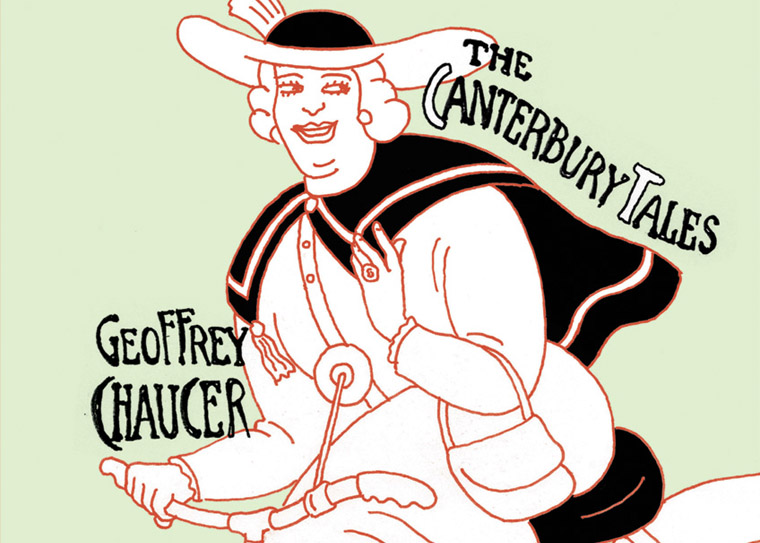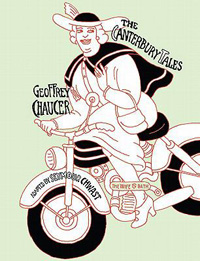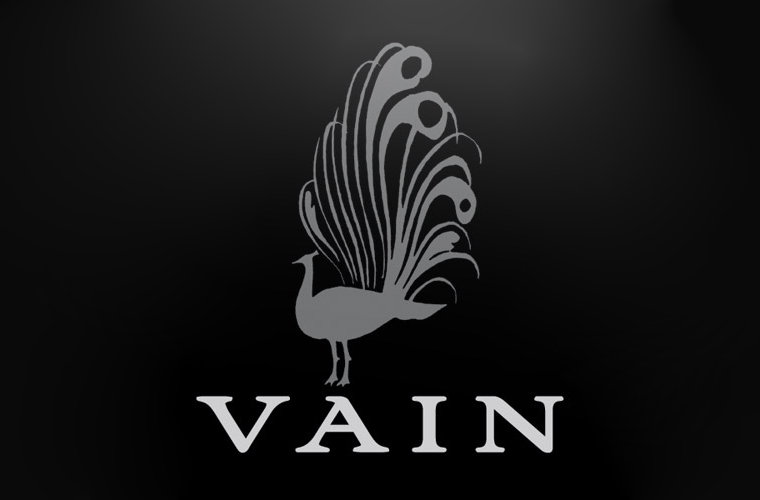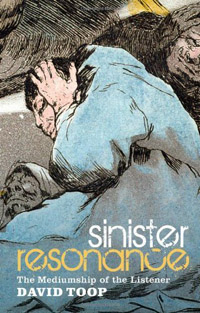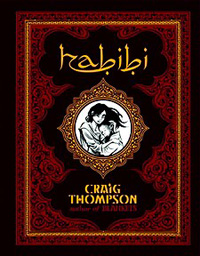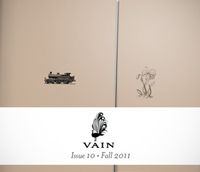 Vain Magazine: Issue 10 (Fall 2011)
Vain Magazine: Issue 10 (Fall 2011)
When you see it on a bookstore shelf, Vain immediately stands out. Small, unassuming, and minimalist, the journal looks like something from another era among all the glossy, high-color publications that surround it. The two hand-bound paper volumes, held together by a paper strip with just the name and issue number on it, are intriguing in their blankness. There’s no hint of what’s inside, only an impression of refreshingly clean style. Curiosity compelled me to purchase it, but what kept me reading was the satisfaction that a classy and independent literary journal exists despite the virtual monopoly of highbrow imprints in the field.
Since 2007, Tia Orian and a team of volunteers have published Vain twice a year. With a mixture of artwork, photography, poetry, music, and even a short story or two, the journal is like a window into another world. After the virtual death of the publishing slush pile and an increasingly stratified arts industry, literary journals are somewhat out of vogue. Yes, they still exist, but as a part of arts and leisure magazines, or as a sort of trade publication for writers and artists themselves. It’s much rarer, in other words, for a layperson to pick up a literary journal today than it was 50 years ago. It’s even rarer to see a journal accepting submissions from just about anyone.
As a result, Vain Issue 10 was a pleasant surprise. I devoured it in one sitting, feeling a bit like I was unearthing literary treasure. Stephen North’s “The Psychic Receptionist” was a particularly fascinating read, as were JR Solonche’s poems. Photography and prints are interspersed throughout. An interview with stop-motion filmmaker Jess Bayliss and a music playlist push the boundaries of the format but fit in surprisingly well.
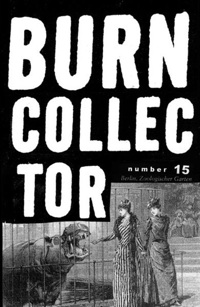 Al Burian: Burn Collector #15 (Microcosm Publishing, 3/1/11)
Al Burian: Burn Collector #15 (Microcosm Publishing, 3/1/11)

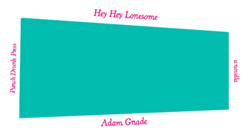 Adam Gnade
Adam Gnade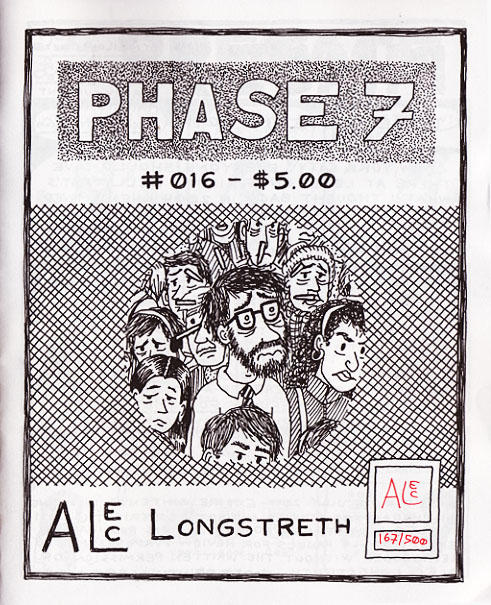
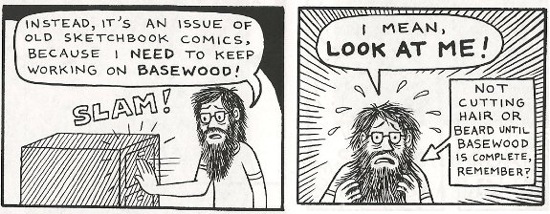
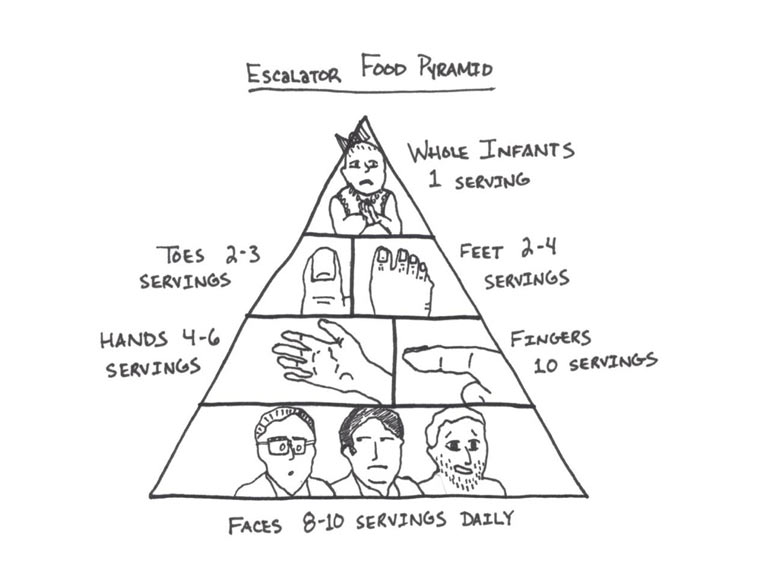
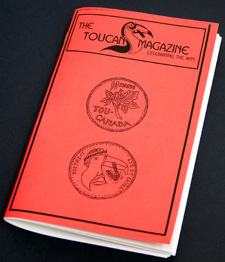
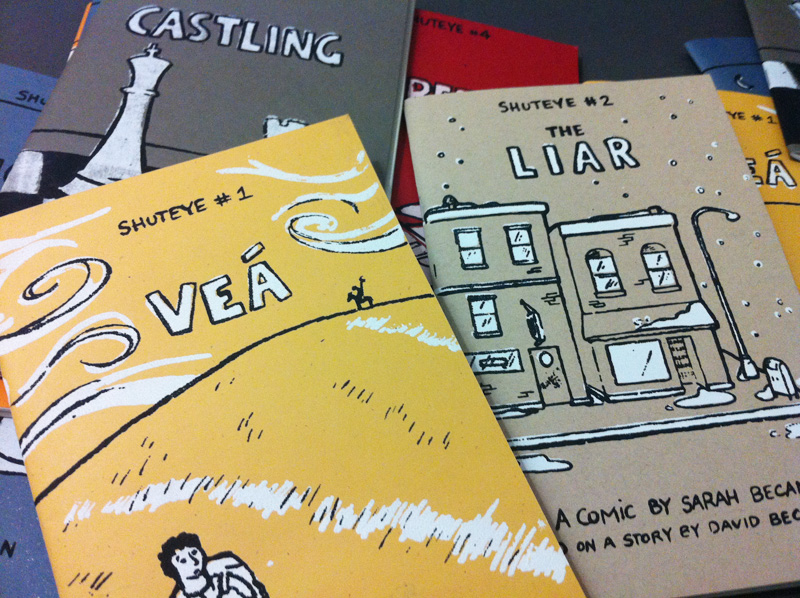
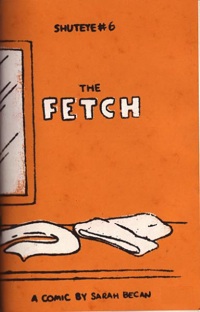 Sarah Becan
Sarah Becan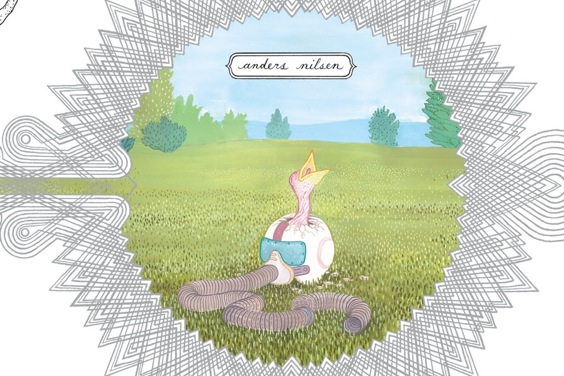
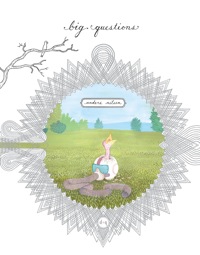

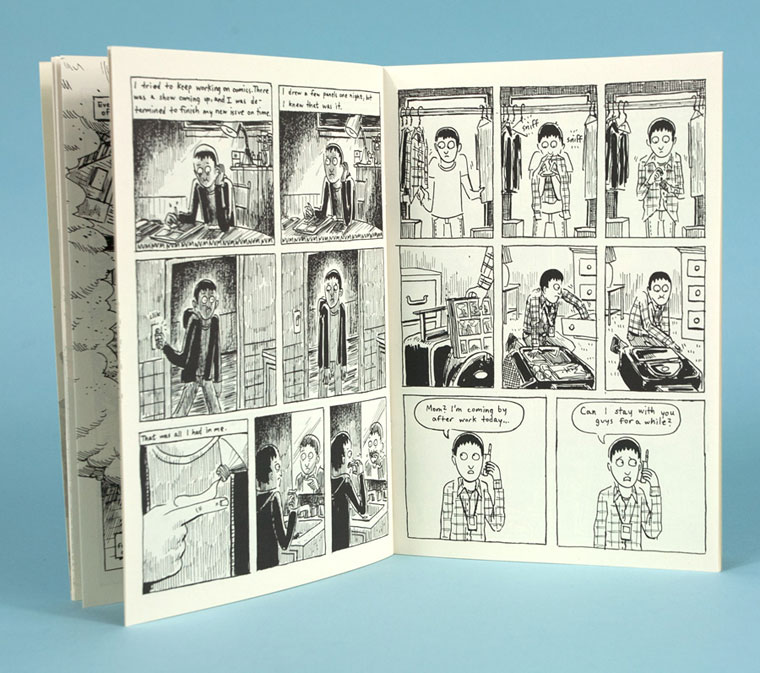
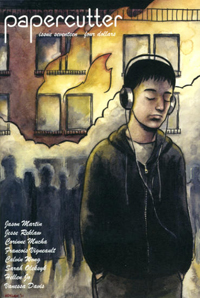 Jason Martin: Papercutter #17 (
Jason Martin: Papercutter #17 (